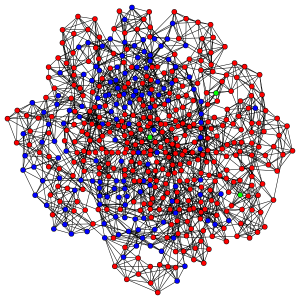event
Next Generation Agent-Based Modeling: from First Principles to Patterns Observed in Nature, and Vice Versa
Primary tabs
A key design concept for behavioral and ecological modeling is the distinction between imposed and emergent behaviors. Mortality, for example, can be determined in a field study and then imposed as a model parameter in a demographic model. However, this restricts the scope of the model to the conditions under which mortality was observed. In contrast, agent-based models (ABM) allow letting mortality emerge from what individual organisms are doing, in particular from the interactions with each other and their environment. If the representation of individual decision making and bioenergetics is based on first principles from evolutionary theory and physics, ABMs can therefore predict system responses to new, unprecedented conditions. I will present three examples of next generation ABMs which are defined by being based on first principles and being designed and tested using multiple patterns observed at different hierarchical levels and scales. The examples include: a model on cycles in laboratory water fleas, the integrated honeybee model BEEHAVE, and a model from the literature on dominance interactions among primates.
Status
- Workflow status: Published
- Created by: Tony Giarrusso
- Created: 04/21/2014
- Modified By: Fletcher Moore
- Modified: 04/13/2017
Categories
Keywords
Target Audience

